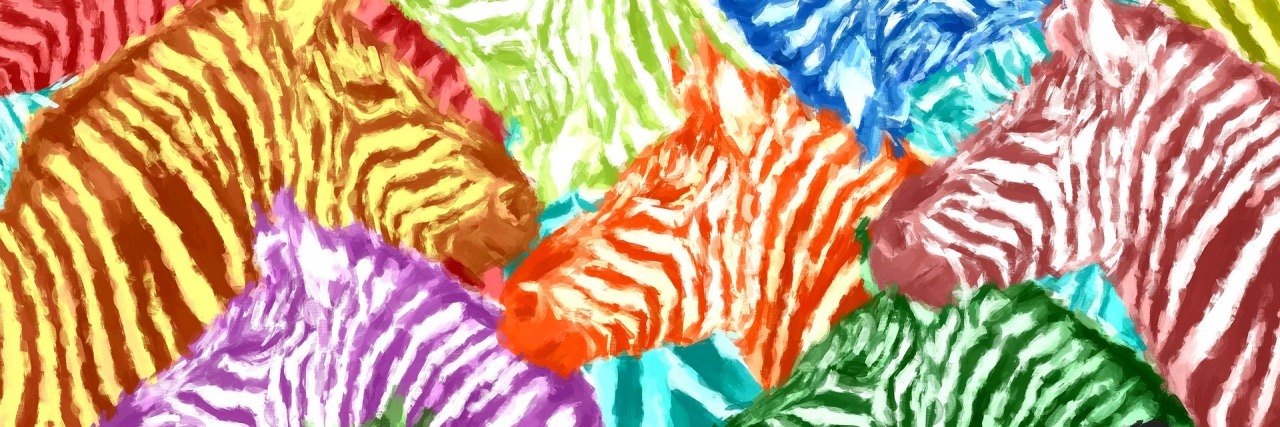What does it feel like to be touched by a rare disease?
Not rare at all.
Yes, my child may have a disease that affects fewer than 200,000 people annually. Yes, in between worrying about kindergarten registration and whether or not my daughter’s shoes are too small, I also have to discuss the details of DNR paperwork with my husband and care team. I have to try to walk my older children through the very real daily experience of watching their sibling slowly slip away. However, I’m far from the only one doing this. My experience is not rare.
Rare disease touches an estimated 30 million people in the United States, and up to 350 million people globally. More than half of those diagnosed with a rare disease are children, many of whom will not live to see their fifth birthday according to the National Organization for Rare Disease (NORD).
Though each disease affects a small amount of the population, when we are joined together, the rare disease community’s experience feels like a huge social injustice playing out in plain sight.
Indeed, some people with rare disease will have a voice of position that brings notice to their condition. Sometimes this comes in the form of a celebrity who has been affected by rare disease in their family, or perhaps it is by being noticed in national media by some other way. The attention may help them raise money, perhaps bring research to their disorder, all in hope of a cure.
Other diseases have a national foundation such as The American Cancer Society on their side, contributing 35% of their nearly $930 million-sum budget on fundraising efforts. The national organization ensures the umbrella disease term works its way into every aspect of our lives, so that we live not only aware, but also in fear of this terrible “monster: (and truly ferocious and evil it is). When your child is then diagnosed with a specific cancer, people know the “monster’s” origin, even if they don’t know it’s specific name. Despite all the money, celebrities, CEOs and foundations, this cancer-monster is the shape-shifting type. It comes in all different forms and severities, all equally life-altering. There is no amount of fundraising and no budget big enough in the world to offset the ravaging effects of cancer, but the benefit to the notoriety and funding is at least a treatment option — something most rare diseases are still only dreaming of.
Only five percent of rare diseases have a treatment option according to NORD. That equates to 332 million people in the world still waiting for the day there will be a chance that something can be done to help their disease.
There are communities still fighting for funding to research the cause of their disease, so a treatment can be developed. There are also diseases like multiple sulfatase deficiency (MSD), where the causative gene is known and the disease is well-researched. This terminal genetic disease causes a slow decline in all body functions leading to an early death, normally before age 10. While science and medicine has progressed to allow gene therapy which could potentially “fix” the genetic mutation in these children — actually producing the gene therapy is left up to parents and families touched by this disease, because of its rarity. The science is there. The medicine could work. But because of a few million dollars, these children are still dying. Unfortunately, this isn’t a rare story.
Communities rally behind rare disease on February 28th each year. This single day of recognition is hard-earned, and well-deserved. Rare disease itself though, never takes a day off, and neither do those struggling, caregiving, supporting, or treating rare disease. We must face each day with the same tenacity as the day before. We push forward to give hope, bring awareness, and fundraise for the treatment our children need to continue on. We really aren’t that rare.
We weren’t given superhero abilities when we were handed a rare diagnosis. We must fight each battle as it comes. Knowing the odds are against us, we must rise to the occasion anyway. Media attention or not, national foundation or not, we all get out of bed each morning one foot, and then the other, determined to not give up.
To learn more about multiple sulfatase deficiency (MSD) and the children who desperately need a treatment, visit www.curemsd.org or visit their Facebook page.

